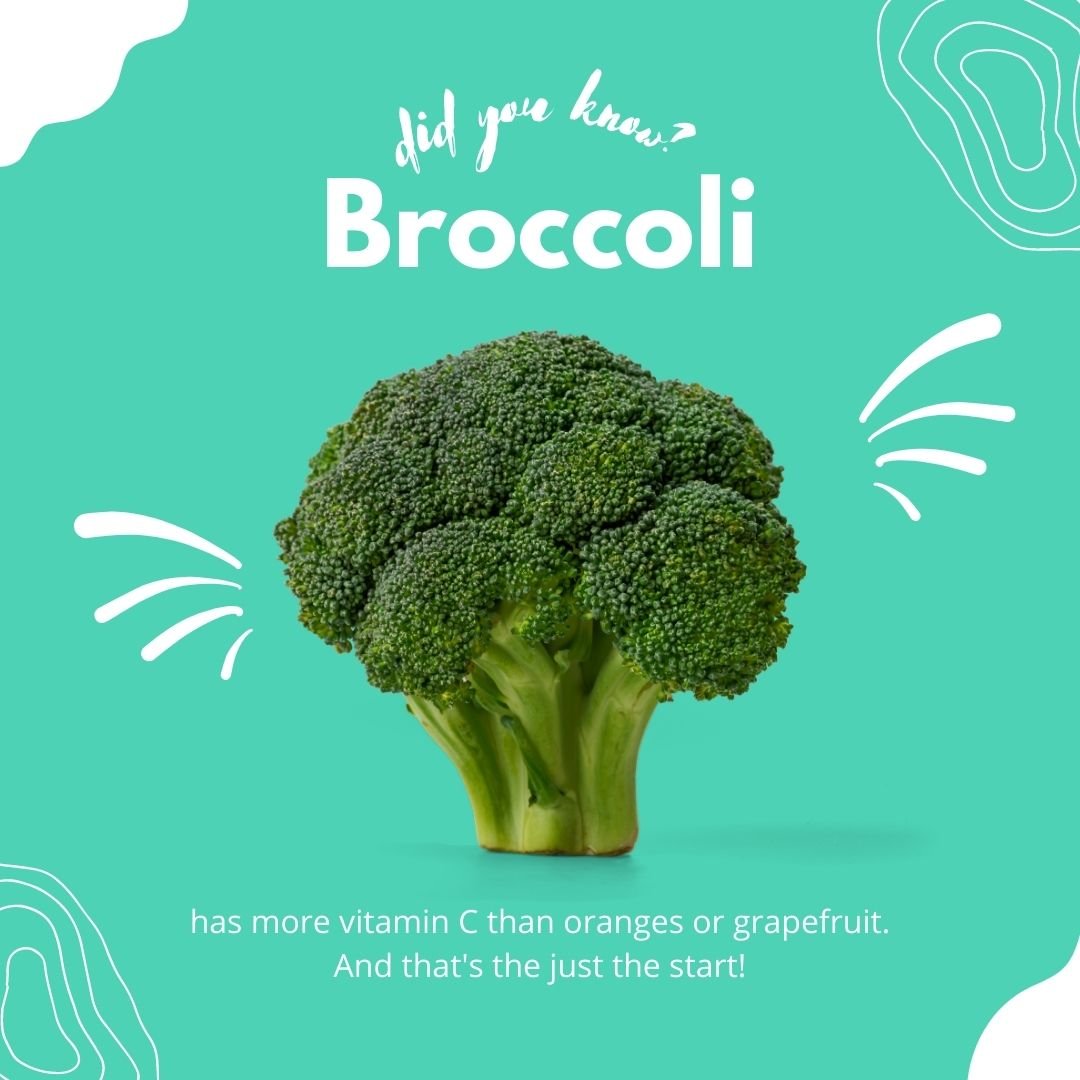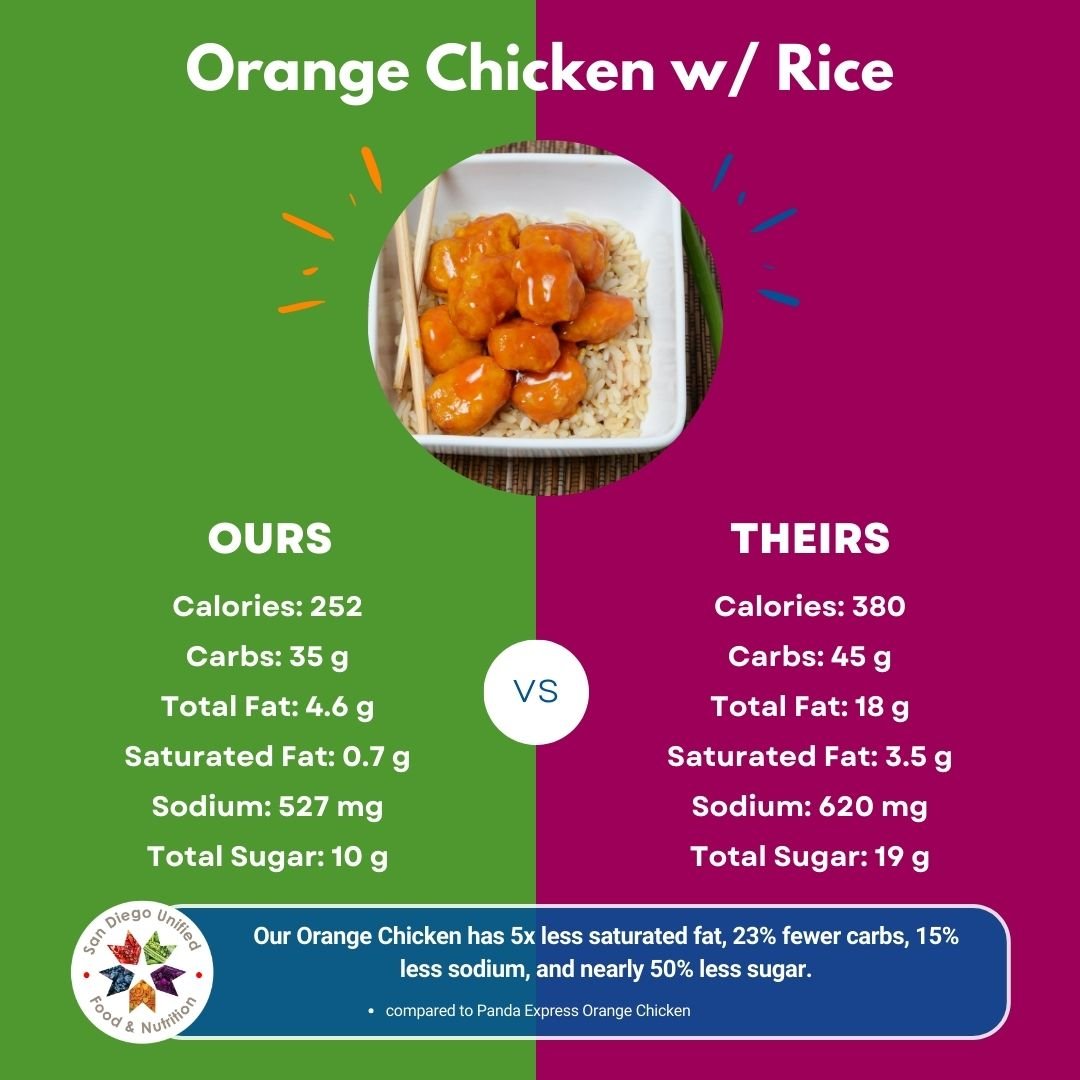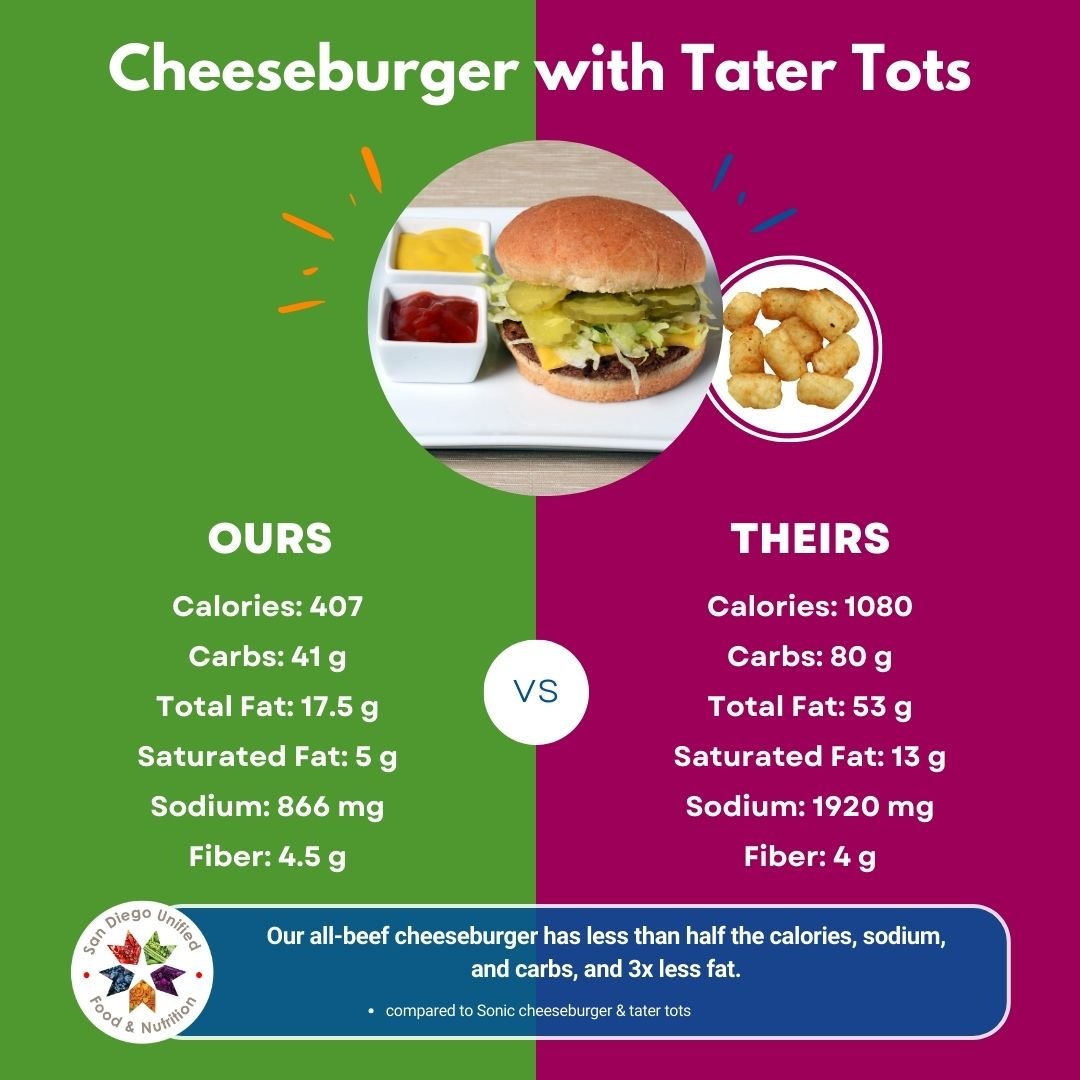Those were the words of my trusted mentor and guru Jim Hancock, and they’ve stuck with me ever since the day he spoke them 15 years ago.
Jim and I were talking about a conference we were involved in that had taken some chances in its content. We were assessing how it had been received. The conference was moving away from some of its traditional, some might say predictable, content based on new data and trends.
Some long-time attendees were uncomfortable with the change. Newcomers were thrilled. It wasn’t what was expected, but I maintain it was what was needed.
I am writing this with an upcoming webinar in mind. We are fortunate to be working with the amazing team at San Diego Unified, and they are hosting a webinar titled: “School Food is the Healthiest for Most Americans.” It’s on Monday, March 25th at 10 AM Pacific and you can register here.
Want to engage someone? Try a statement that hooks them right away.
If that sounds familiar to you, it’s because it is taken from the 2021 study by Tufts University that tracked the eating habits of more than 60,000 Americans over 16 years. 21,000 of the subjects were children. One of the most striking findings of the study was that, “Schools are now the single healthiest place Americans are eating.”
To those of us in school nutrition it may not seem like a surprise. But make that statement to parents, students, and school staff members and the look that you’ll receive is a cross of bewilderment and incredulous.
They cannot believe it.
And that’s exactly why I LOVE to cite it. It has an edge to it that sticks with people. They want so badly to refute it, and yet when the findings are presented there’s no arguing.
Sure there are parents and students who are ultra-attentive to their diets and have their own philosophies on food, but when it’s framed as a systemic topic that meets the needs of millions of children across the country at scale, I’ve found that people start to change their tune.
“If there aren’t any edges how can anything stick?”
Edges don’t have to be bold, seemingly outlandish statements. They can be simple facts that people don’t understand. For example:
• Broccoli has more vitamin C than grapefruit and more protein than a steak. It’s a simple statement of the facts of the nutritional properties of a superfood. But when students (and parents/families) hear that it shifts their perception. It doesn’t seem to fit what they thought they knew. In other words: it sticks.
• Comparison graphics that show the nutrient content of what your school serves versus an equivalent item somewhere else. Simple, factual information presents a marked contrast between school meals and the foods that too often lead to health problems. It has edges and it sticks.
Don’t take for granted what you serve every day. Find the exceptional things about your meals and shout them from the hilltop every chance you get.
Hold Your Head Up!
Because so much of this is done in the context of publicly funded public schools it can feel like the best path is to avoid all risks, to just keep your head down and let the story be whatever it will be.
But we have the opportunity to change that. It won’t be quick or easy, and it will take a good amount of focus and persistence, not to mention my favorite team: Clarity & Repetition.
Find those sticky things with edges that can grab peoples’ attention and imaginations. Like the proverbial pink elephant (don’t think of a pink elephant!) or the song you can’t get out of your head, the truth about the quality and benefit of school meals can stick around for a long time - time enough to shift the narrative of the great work you do.






